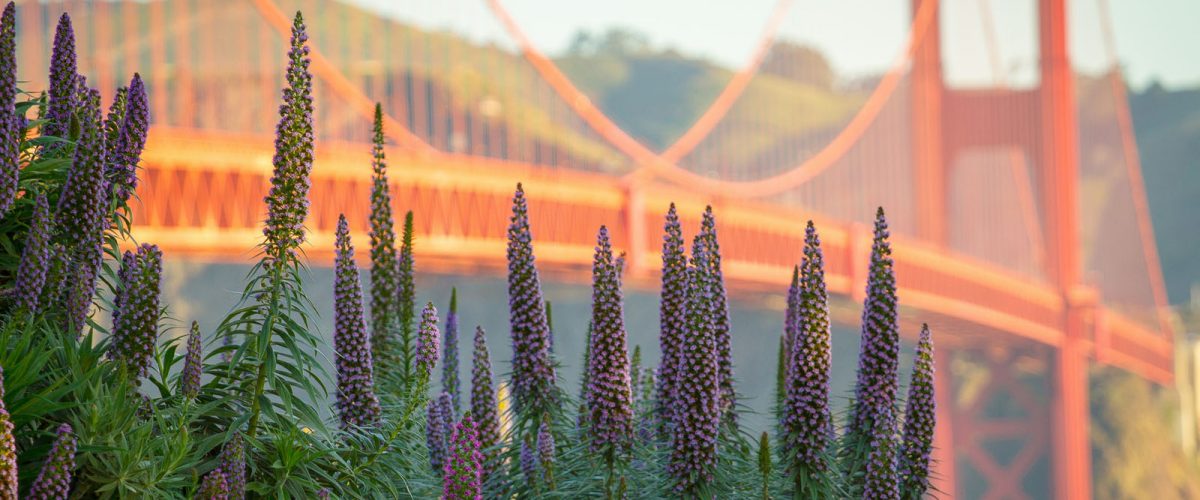
California
Written on 15th May, 2022The Covid rules have finally been relaxed to the point where we can travel again, with relative freedom, so I fly to the US with my wife and daughter, to explore California in an RV for two weeks with some friends. Nowadays, having been firmly bitten by the botany bug, I see every overseas trip as an excuse to learn more about plants in their natural habitat, and family holidays are no exception. I don’t get to choose the destination based on what interesting plants I might find there, but invariably I manage to find some when we arrive.
As it turns out, California has a similar climate to parts of South Africa, Australia and the Canary islands (essentially winter rains but not too cold, and hot dry summers). This leads to some interesting sights, and misplaced beliefs. Agathosma species abound in gardens and public spaces, along with agapanthus, so much so that Californians believe that they are native to the West Coast USA. One of my abiding memories of botanising in South Africa, is of walking through the fynbos, brushing against the ‘buchu’ (the local name for agathosma) and releasing the highly aromatic and distinctive scent into the air.
The iconic fig trees (ficus microcarpa) lean precariously into the streets as we take the Powell and Hyde cable car to Fisherman’s Wharf for an early breakfast. Jet lag means we are up before everyone else and so manage to miss the crowds.
Other non-natives around San Francisco include plenty of geranium maderense, planted ornamentally, and endless echium candicans, both native to Madeira. Stunning plants, especially the echiums which are a rarer sight in the UK but now considered to be invasive in California. Needless to say, both have an RHS Award of Garden Merit! One man’s pest is another man’s treasure, or so the saying goes.
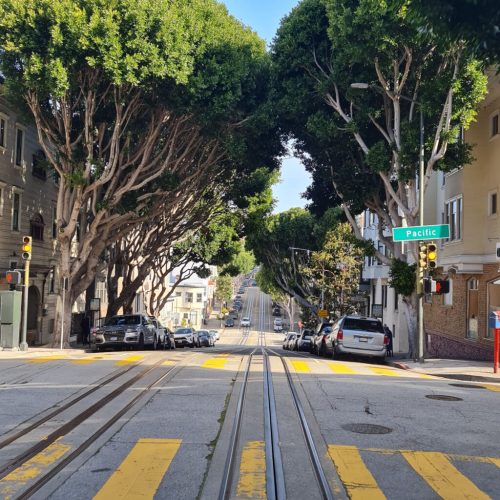
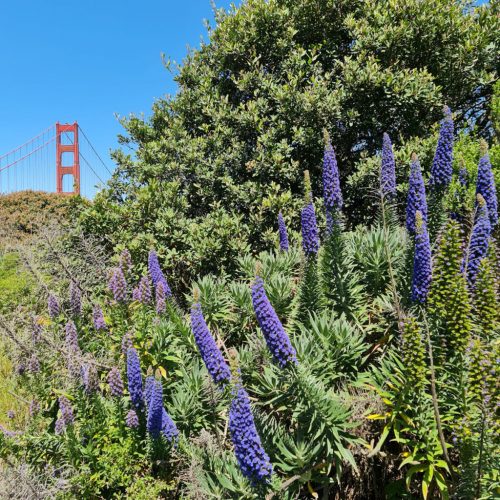
And so to the natives. Armed with my newly purchased Californian wild flower book, I seek them out on the stunning coasts, further inland at Yosemite national park, and the wine regions north of San Francisco, and I’m not disappointed.
On a short coastal walk in Big Sur, after a bracing swim, I come across plenty of ceanothus thyrsiflorus sprawling all over the cliffs. I’ve had great success with ceanothus in London gardens, and they seem to love tight tricky conditions as long as they have a bit of sun. The highlight though, is a clump of beautiful aquilegia formosa, nestled in under some trees, barely 100m from the surf, with delicate red nodding flowers.
Moving inland, in the mighty Yosemite Valley, spring is on the march, and the Cercis occidentalis are reaching their peak. Their common name is the California redbud, and it is quite distinctive and red. Personally, in the UK, I prefer C. siliquastrum, as I find the flowers more delicate with a little less red to them. There are some fantastic examples in London parks, and the trunks really develop character as they age.
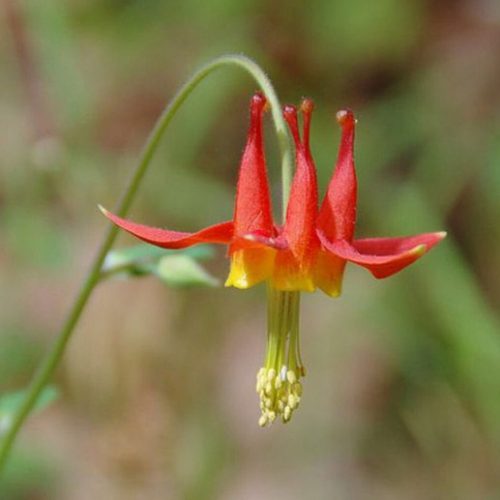
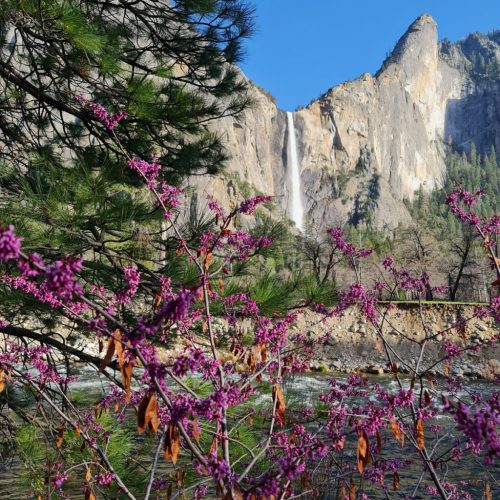
Heading away from Yosemite towards the wine regions of Sonoma and Napa, we encounter a stunning combination of Eschscholzia californica and lupinus bicolor everywhere, across a wide range of habitats, aspects and altitudes. E. californica is the Californian state flower and blooms pretty much all year round, apart from winter. It’s a cracking little plant but you’ve got to like orange!
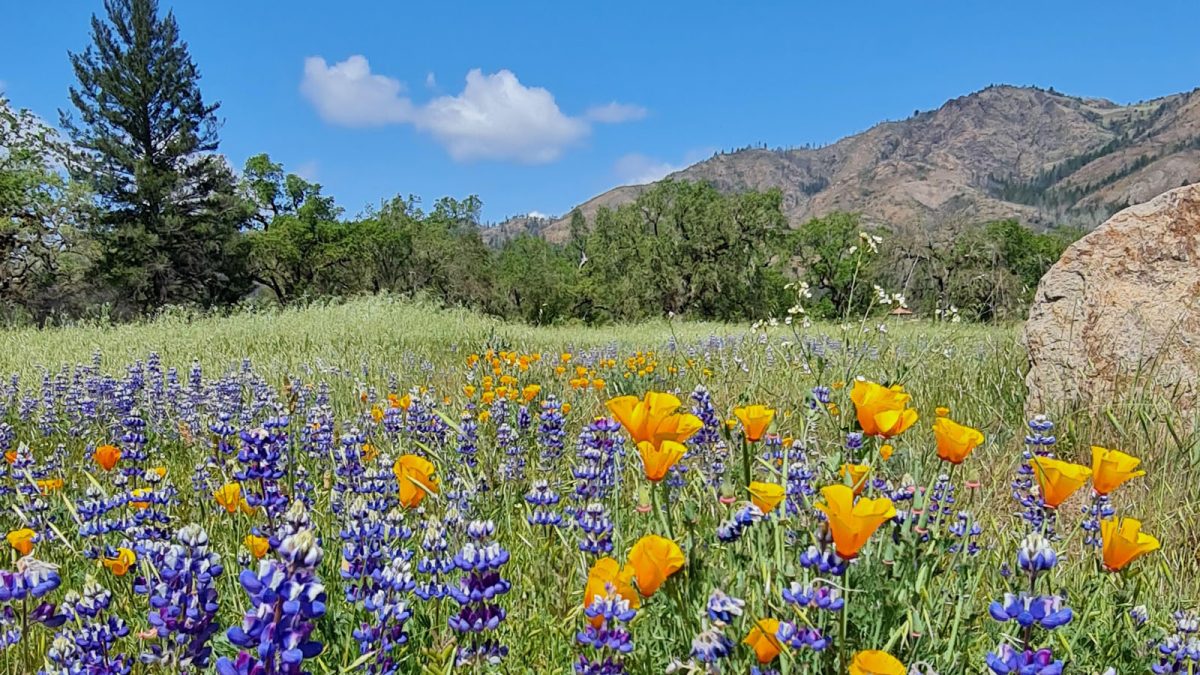
Finally to the wine regions just north of San Francisco. Unlike in South Africa they don’t make wine tasting that easy, and it’s expensive! So I manage to excuse myself on a couple of occasions and go for walks in the wooded, uncultivated parts of the valleys. Here I’m thrilled to stumble across trillium albidum, quietly getting on with life near a stream in some deciduous woodland and last of all, a new salvia to me, the eponymously named salvia sonomensis. I find it at the edge of woodland growing up to six feet high, flowering its socks off, even in mid-April. It doesn’t like too much water (handy in California) and tends to do best in light shade.
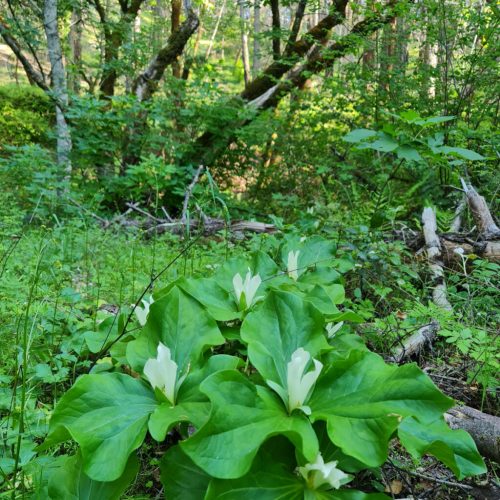
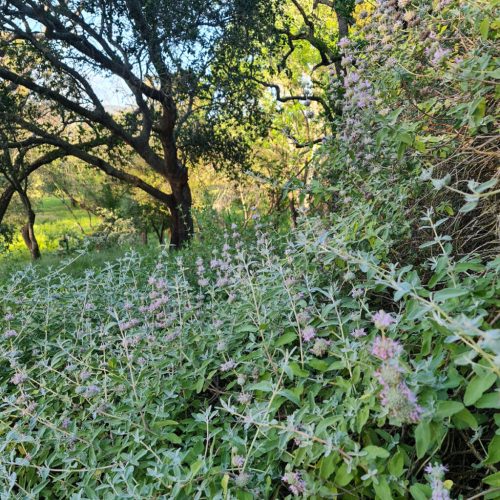
All in all, a great little trip which unearthed some unexpected treasures, and, as with most sunny holiday destinations, best to go in spring, before everything dries out. I don’t have high hopes for our summer holiday in Spain but that won’t stop me looking.